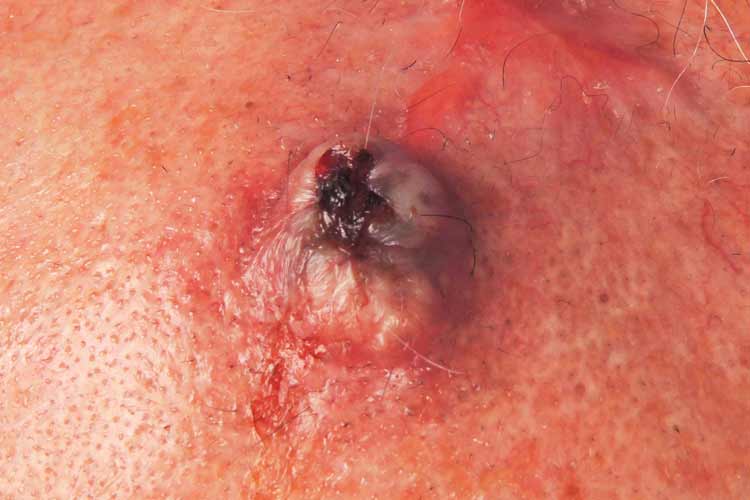Supermarkets, foreheads and PD-1 inhibitors

As I left the supermarket last Friday night, the squamous cell carcinoma caught my eye as I zipped down the escalator. It wasn’t a large
A classical presentation in an elderly man on a sun-exposed surface. So, what’s the story? I have recently completed a course of topical 5-fluorouracil on my own forehead to remove two actinic keratoses, the precursors of these relatively common squamous cell carcinomas. A brutal treatment, but effective. It burnt my forehead off literally, and I am now the proud owner of a new forehead. In my 50’s now, it is the closest I will get to having young, wrinkle-free skin on my face and I am running with it, and with factor 50 sunscreen to make sure it stays that way and there is no recurrence.
But what of the chap on the escalator? The vast majority are curable, but for something like 1 in 20, the
The avenue of immunotherapy has profoundly changed the treatment paradigm for many advanced cancers, but this is only the beginning. There is much to be done, much to be learned and much to be communicated and I am excited to be working at this edge of clinical medicine.
EDGE—communicating evidence, changing clinical practice
